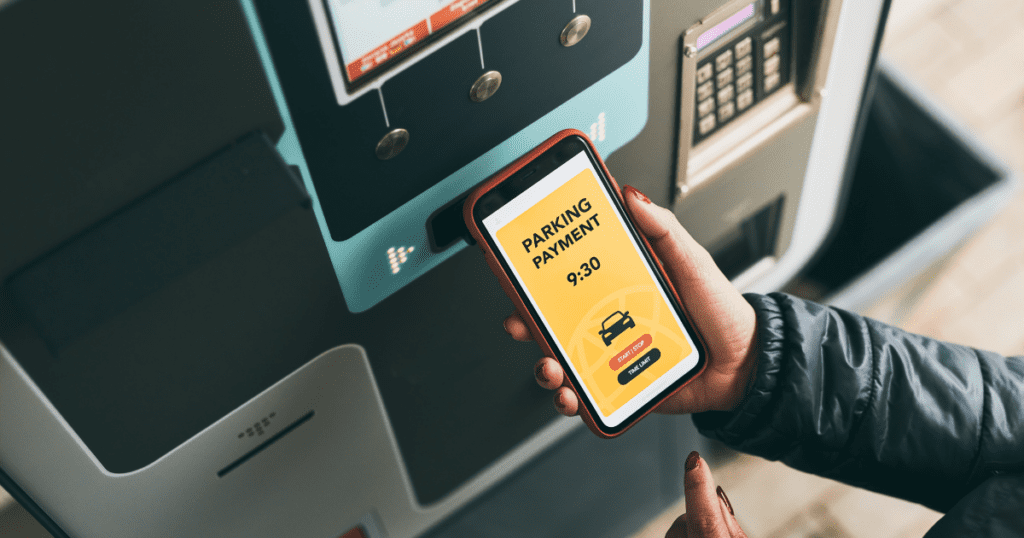How Innovation is Driving Change in Parking Pricing
In the parking world, innovation and technological advances are driving the industry forward, just like in any other industry.
Traditionally, parking pricing models use a flat price scheme to charge for all spaces regardless of location or demand. Flat pricing is an antiquated system that reduces the number of people parking during low demand or off hours and decreases the amount of money made during peak hours.
With a dynamic parking pricing model, you can use real-time updates from your parking asset to optimize the price of each sale, maximizing revenue in peak and off hours. By embracing dynamic parking pricing, called Automated Yield Management (AYM), your organization can maximize revenue from your parking assets.
The Technology Behind Demand-Based Pricing
Dynamic or demand-based pricing relies on periodic real-time data updates to manage your parking assets best. AYM uses integrated connectivity with your parking asset to collect data on parking behaviors, long-term parking patterns, and trends.
With this data, AYM can provide robust analytics based on real-world data from your parking asset, allowing you to optimize asset revenue and efficiency. AYM generates thousands of optimized rates weekly, allowing you to set the best price for different levels of customers and during different periods.
How the Technology Works in the Real-World
So, how does demand-based pricing use real-world data? Software collects data from long periods to establish planners and look into the future, formulating the most appropriate price for a good or service. In this case, every time a parker purchases a parking space or plan, their time and type of purchase are recorded, and the AYM software uses that data to calculate future prices.
With a system like this in place, all a customer has to do is pay, and all an operator has to do is ensure that revenue continues to flow. Customers get the convenience of digital payments that often come with AYM systems, and operators can maximize their profit margins.
Benefits For Parking Operators
Parking operators benefit from more than just revenue optimization through increased income during peak hours, high-demand events, and during off-hours. The benefits of switching to a demand-based parking pricing system are numerous.

As Peter Opoku, asset manager at LaSalle Investment Management, attests, “Since activating ParkHub’s dynamic pricing engine, we’ve observed year-over-year revenue growth, annualizing a meaningful Net Operating Income and asset valuation uplift. Our partnership with ParkHub helps us deliver competitive investment performance through economic and property market cycles, which is a driving principle here at LaSalle.”
This example highlights how dynamic parking not only boosts revenue but also enhances asset value over time.
Benefits For Customers
Even though customers will have to pay more during peak hours, they benefit from demand-based pricing.
Improved parking availability and predictable pricing mean that users enjoy a more seamless and stress-free parking experience. This experience will boost customer satisfaction and encourage repeat usage, thereby increasing long-term revenue streams.
Getting Started With Implementation
Implementing AYM and demand-based pricing in your parking assets may seem daunting at first, but it is worth it for your business in the long run.
The initial and perhaps most crucial step is choosing the right technology. This technology should strike a balance between simplicity and power. If it’s overly complex or sluggish in calculating pricing, it might burden your team more than assist them.

Effective technology should simplify operational processes, not complicate them. ParkHub’s Automated Yield Management solution provides a comprehensive suite of services, including consultation, customization, system integration, and training, all designed to tailor the solution to your specific needs.
Once you have chosen the right technology, make sure to educate your team on the new system so they will be able to answer customer questions. Consider a test run at one of your parking assets to understand how customers will respond.
It’s important to take things slow in the beginning. Install ample signage (digital and physical) with instructions about the system so that customers do not become too confused.

If your team needs help implementing a demand-based pricing system, ParkHub has the knowledge and experience to make your transition seamless.
Get Started With ParkHub
In an ever-changing industry like the parking industry, it is important to embrace innovation to stay on top of your game.
Contact ParkHub to book a demo to experience the ParkHub difference firsthand and to learn more about how demand-based pricing can help your business grow.
